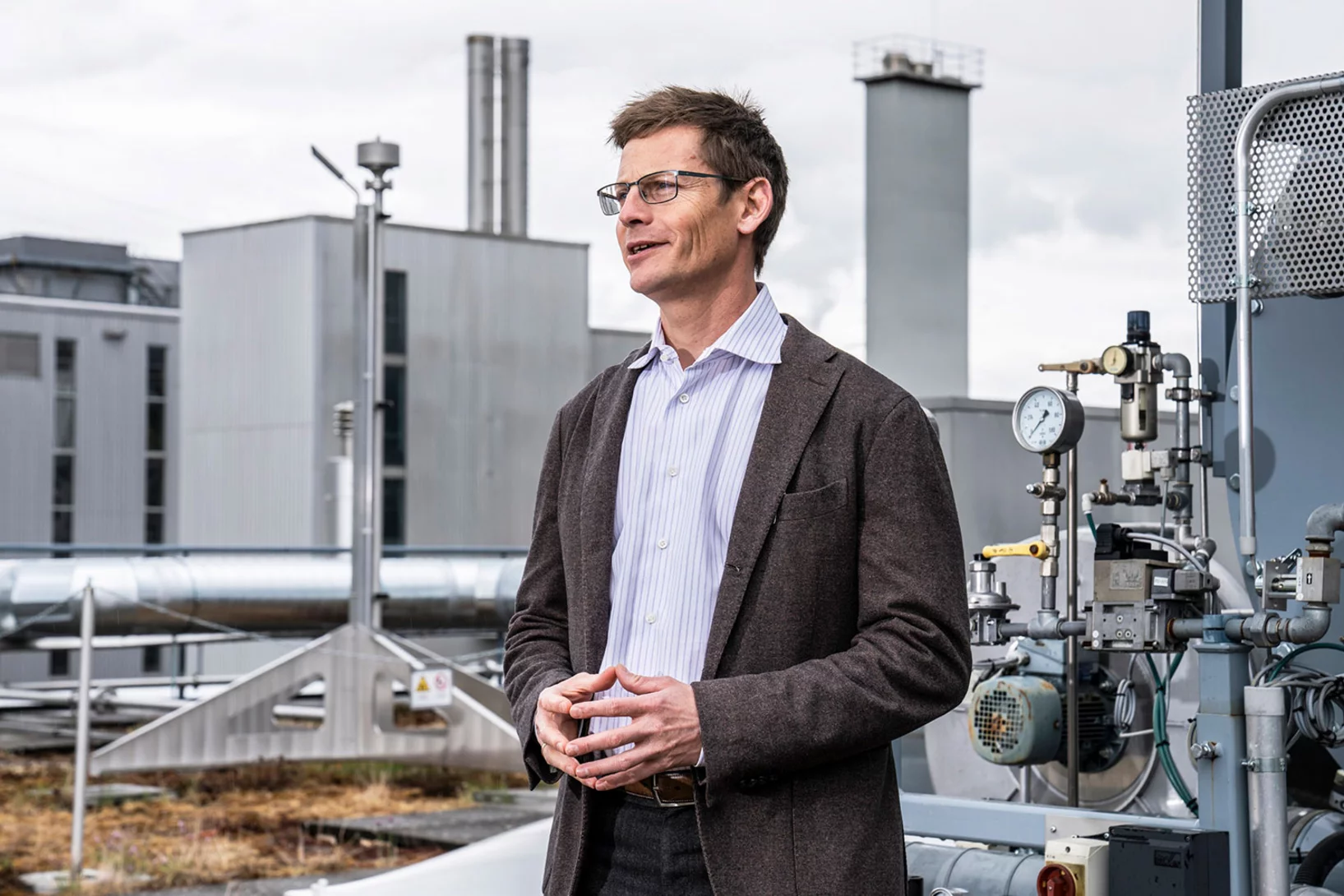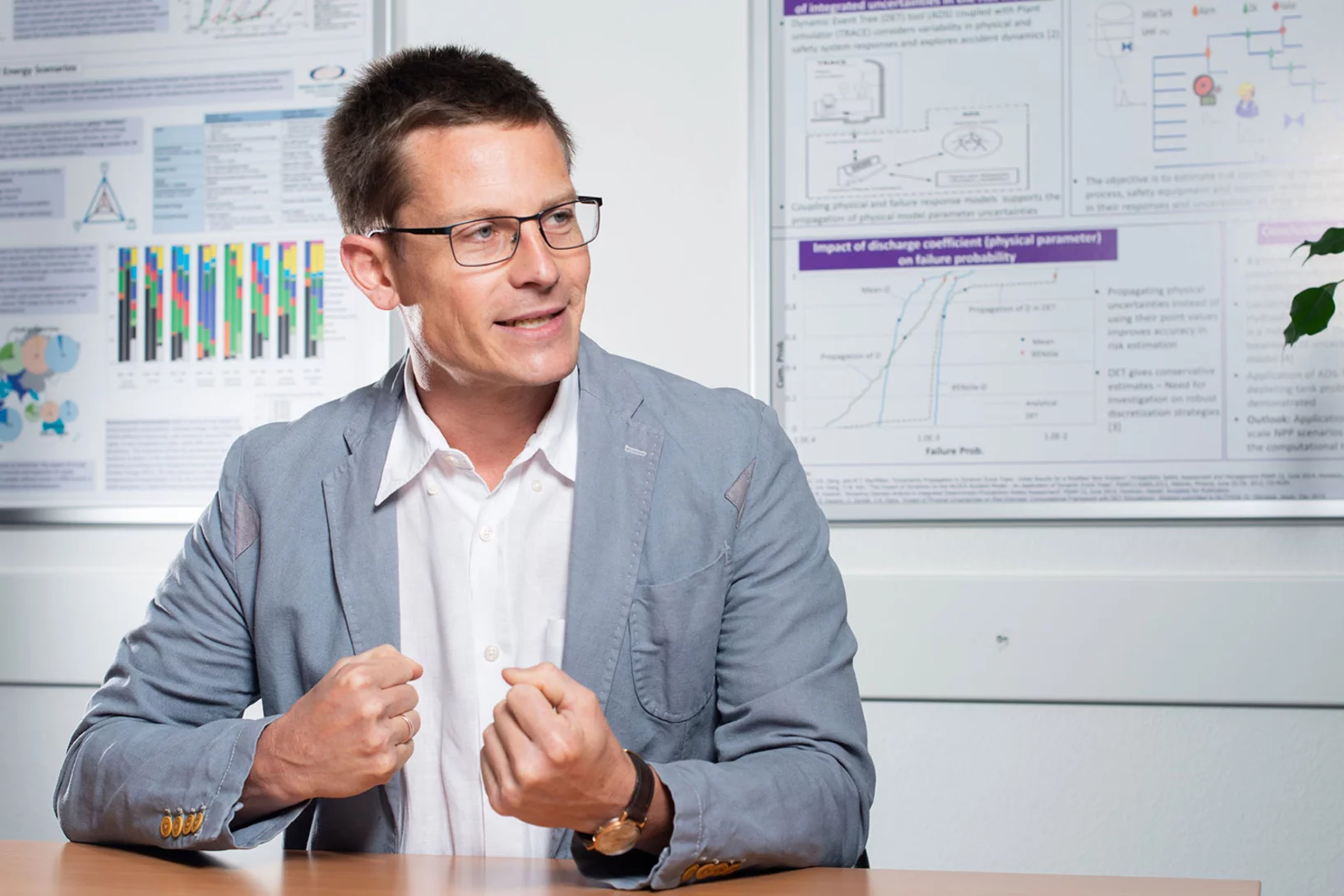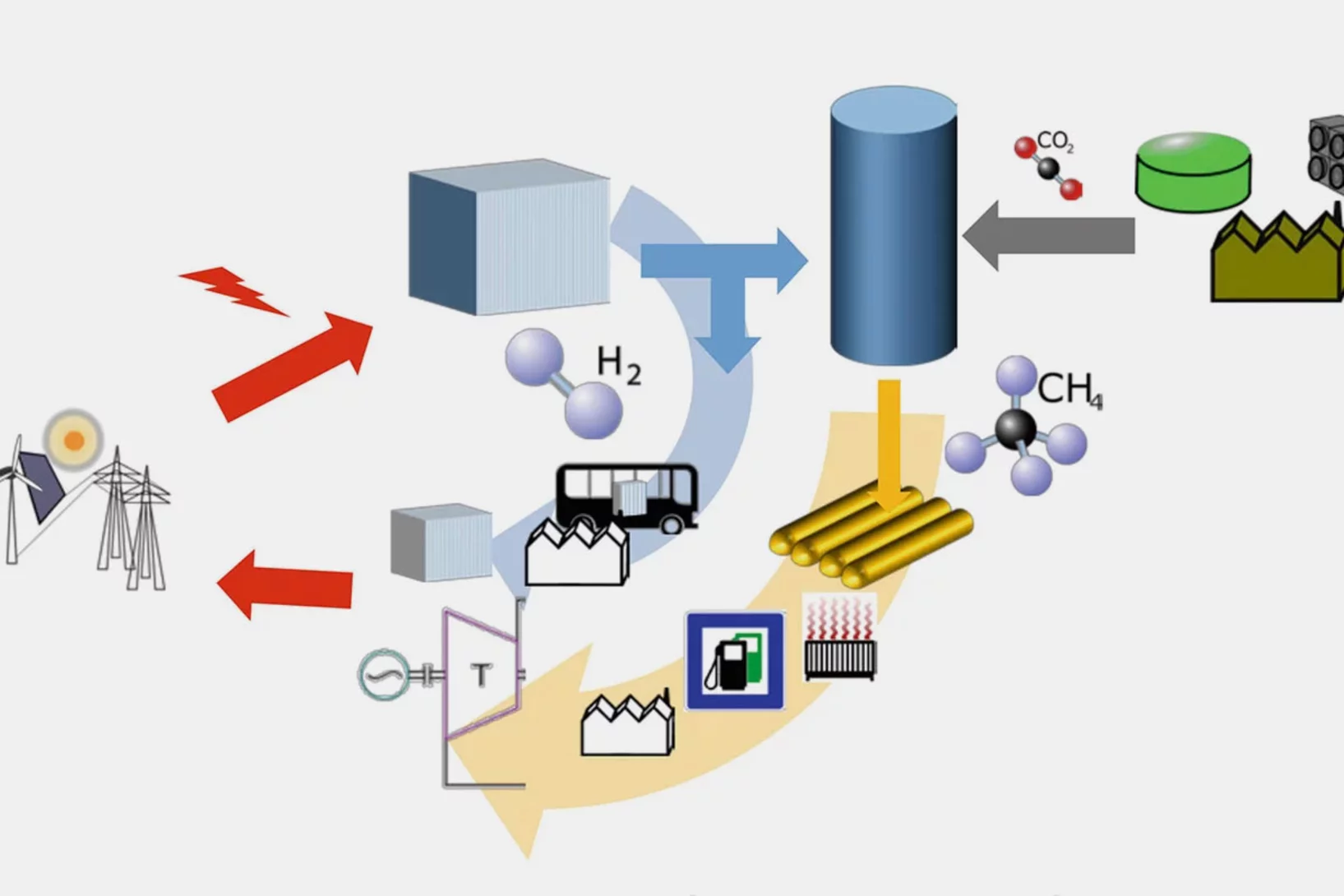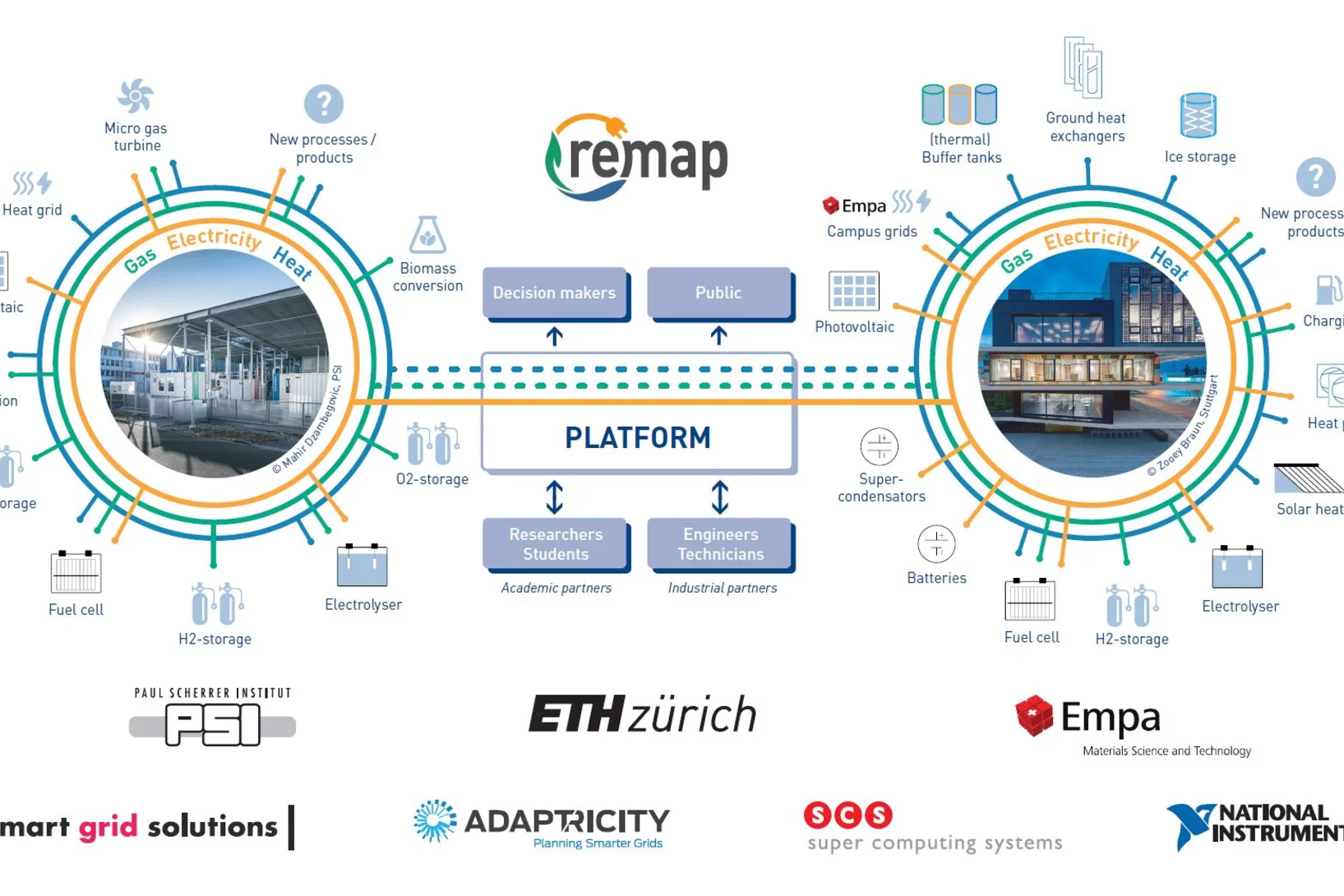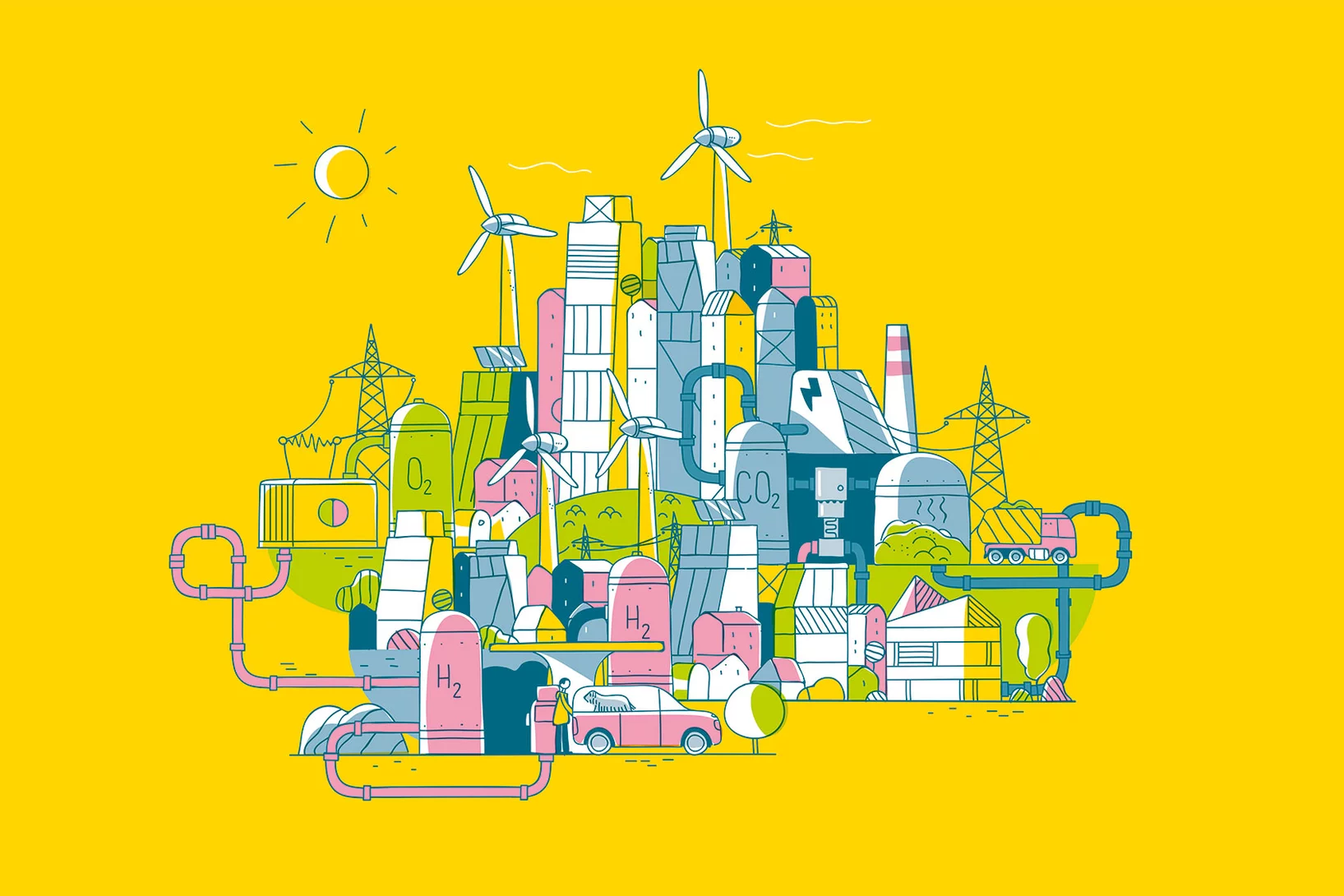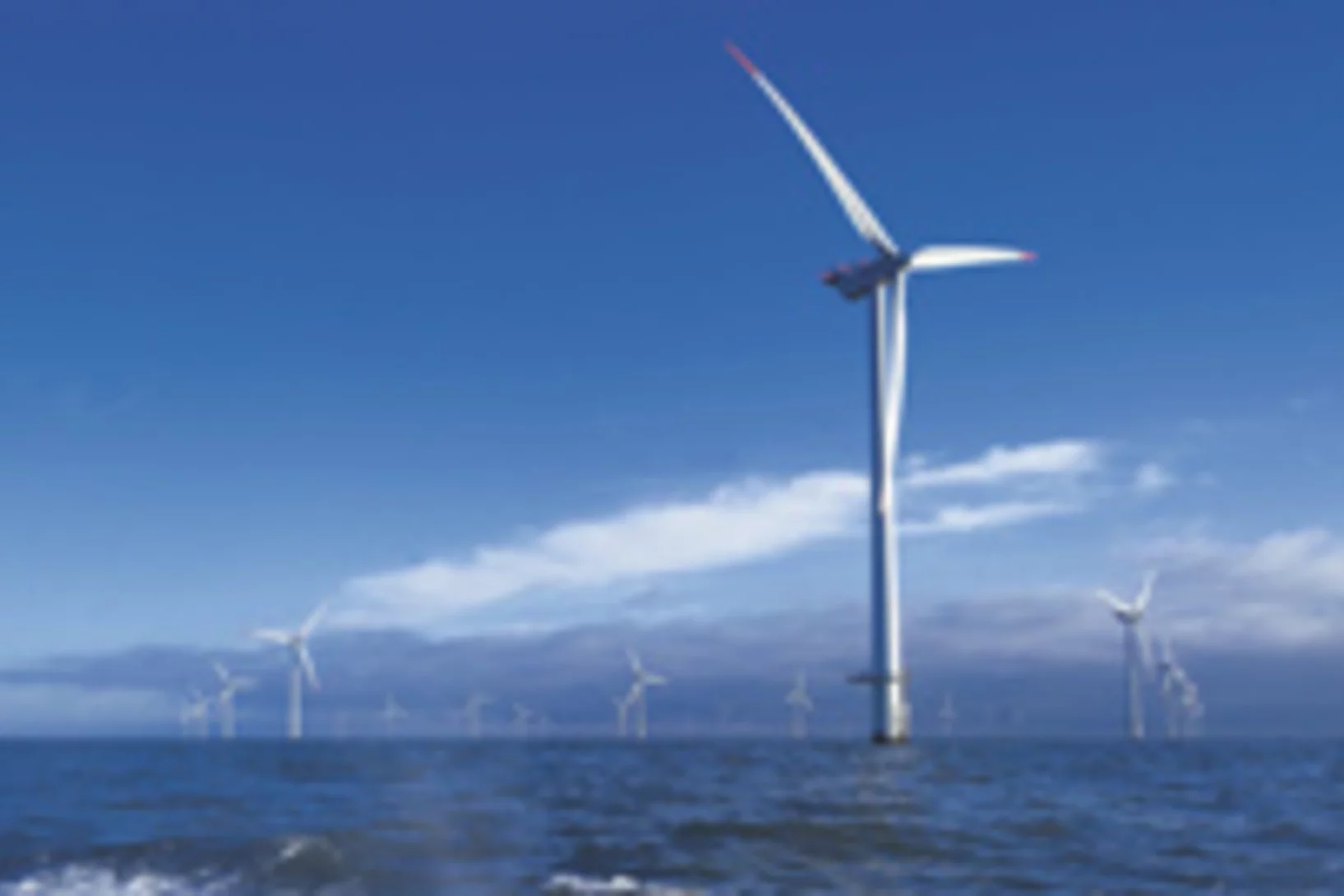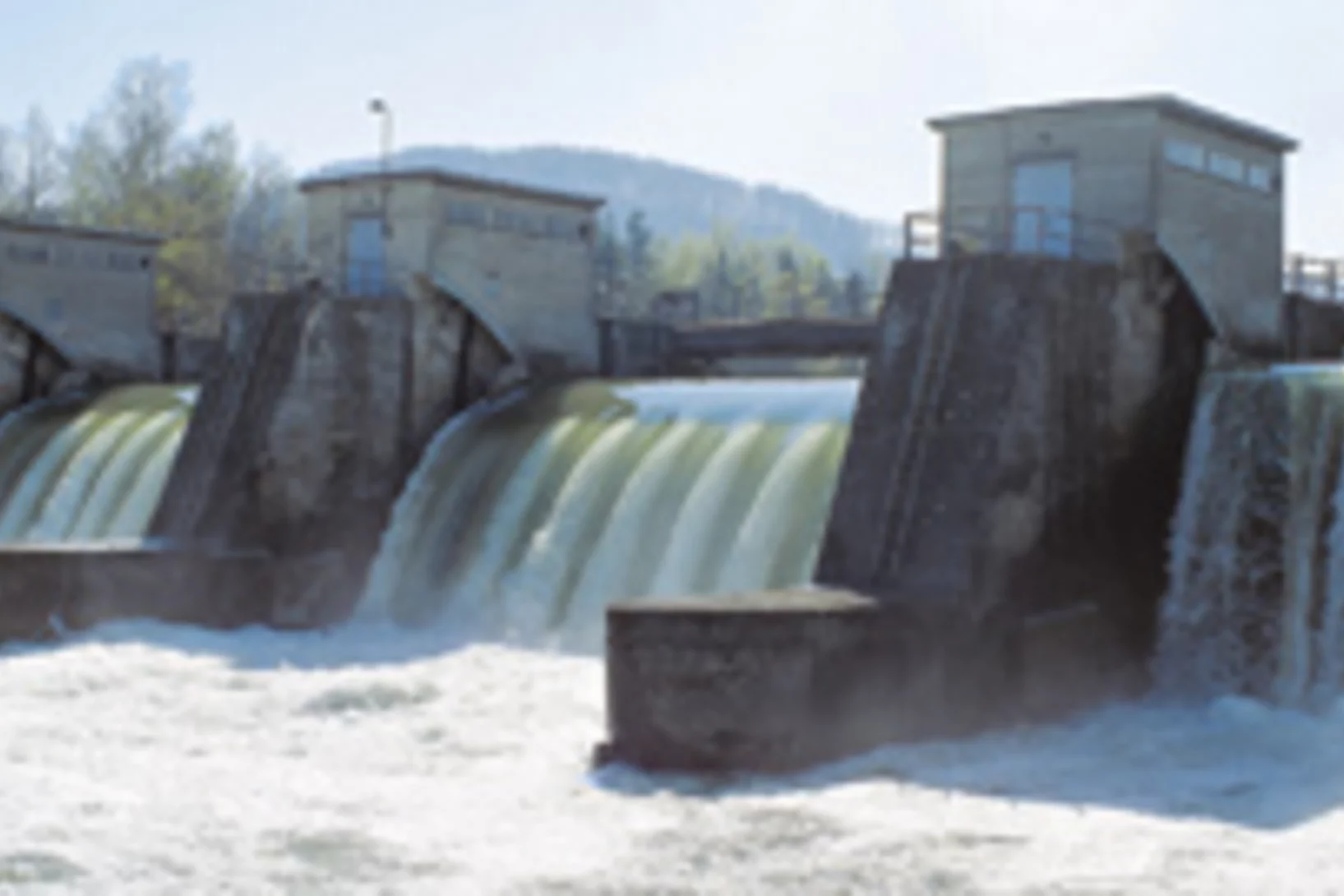Energy systems
Long-term developments of energy pricing and consumption in industry
Researchers from the Paul Scherrer Institute PSI, on behalf of a research project funded by the Swiss Federal Office of Energy (SFOE), have studied how energy consumption by Swiss industry develops depending on energy prices. One result: Price increases for energy usually affect energy consumption only over the long term.
"This is incredibly ambitious"
Every three years, the World Energy Council explores possible developments of the global energy system under different scenarios. Tom Kober, head of the Energy Economics Group in PSI’s Laboratory for Energy Systems Analysis and one of the lead authors of the study, explains what the individual scenarios mean and how global warming could be mitigated.
The energy system of the future and Power-to-X
Researchers at the Paul Scherrer Institute PSI analyse the potential of Power-to-X for Switzerland's energy supply and present their conclusions in a white paper. One finding: The costs for energy from Power-to-X could fall by up to one-third.
Testing the energy system of the future today, as realistically as possible
With the kick-off of the ReMaP project, companies have another opportunity to test their vision for the energy system of the future now. PSI's ESI platform helps to make better and more intelligent use of renewable energy in the future.
Using what's there
At the Paul Scherrer Institute PSI, researchers are looking for solutions that enable energy from the sun, the wind, or biomass to be efficiently integrated into the Swiss energy system.
A glimpse at the future of global energy supply
How will the world secure its energy supply in 2050 and what are the possible economic, ecological and social implications of different pathways and choices? These questions are answered by researchers at the Paul Scherrer Institute PSI in cooperation with the World Energy Council WEC in a study examining two scenarios covering different dimensions of economic, social, policy and technology development. The results of the study, which has now been concluded, will be presented from 13 to 17 October at the WEC’s World Energy Congress in the South Korean town of Daegu
Scenarios for the transformation of Switzerland's electricity system
Researchers in the Energy Economics Group at the Paul Scherrer Institute PSI have used their model of the Swiss electricity system called STEM-E to analyze various electricity supply scenarios. They have concluded that alternatives to today's electricity supply are associated with different costs, risks and opportunities. Realising sustainability objectives such as climate protection while phasing out nuclear generation and making Switzerland's electricity supply independent of foreign countries raises many challenges. Furthermore, their analysis suggests that costs of electricity production are likely to increase by at least 50 percent by 2050
PSI researchers investigate pathways to a sustainable Swiss electricity system
Switzerland is facing a potentially radical restructuring of its energy system in the light of the Federal Government's Energy Strategy 2050. One particular challenge associated with achieving the goals of the Strategy is realizing an electricity supply sector that responds to uncertain developments in electricity demand, national climate targets and the decision to phase out nuclear power. In order to investigate options for this transformation of the electricity sector, researchers at the Paul Scherrer Institute (PSI) are developing and analyzing a range of alternative scenarios of the future electricity system in Switzerland. These scenarios are developed, quantified and explored with an analytical tool built at PSI that simultaneously examines long-term developments (to 2050 and beyond) while accounting for seasonal and daytime fluctuations in electricity demand and supply.
Die neue Schweizer Energiepolitik: Woher kommt der Strom?
Der neue Energie-Spiegel ist da.Mit der neuen Energiepolitik kommen grosse Veränderungen auf die Schweizer Stromversorgung zu. Werden erneuerbare Energiequellen genug Strom produzieren, um nach dem Aus der Kernkraftwerke unseren Verbrauch zu decken? Oder müssen wir uns in Zukunft auf Gaskraftwerke und Stromimporte verlassen? Und wie wirkt sich die neue Energiepolitik auf die CO2-Bilanz und die Stromkosten aus? Diese Fragen versucht die neueste Ausgabe des Energie-Spiegels zu beantworten.This news release is only available in German.
Structures and impacts of national and international energy systems – national climatic targets for Switzerland
The Paul Scherrer Institut analyses the structures and impacts of national and international energy systems. In 2007, for example, a study was carried out in which PSI makes recommendations as to what the national climatic targets of Switzerland could be. The study also highlighted the facts on which the Swiss energy system is based and indicated which targets can be achieved and how. Protection of the climate is, after all, one of the most important areas of national energy policy for the coming years, and the emission of CO2 in Switzerland should be at least halved by the year 2050. Better energy efficiency is an important factor towards this goal – but not the only one.

